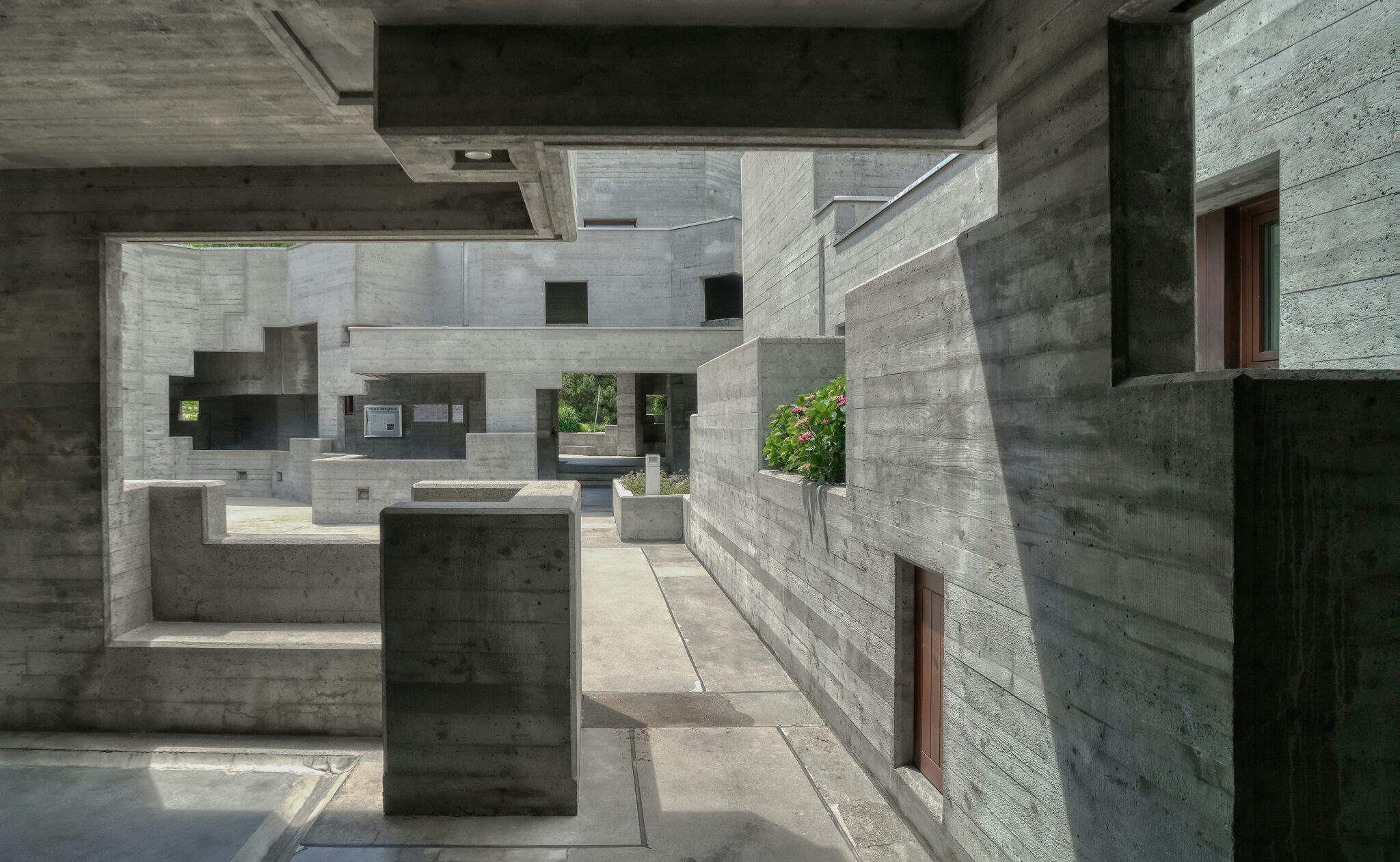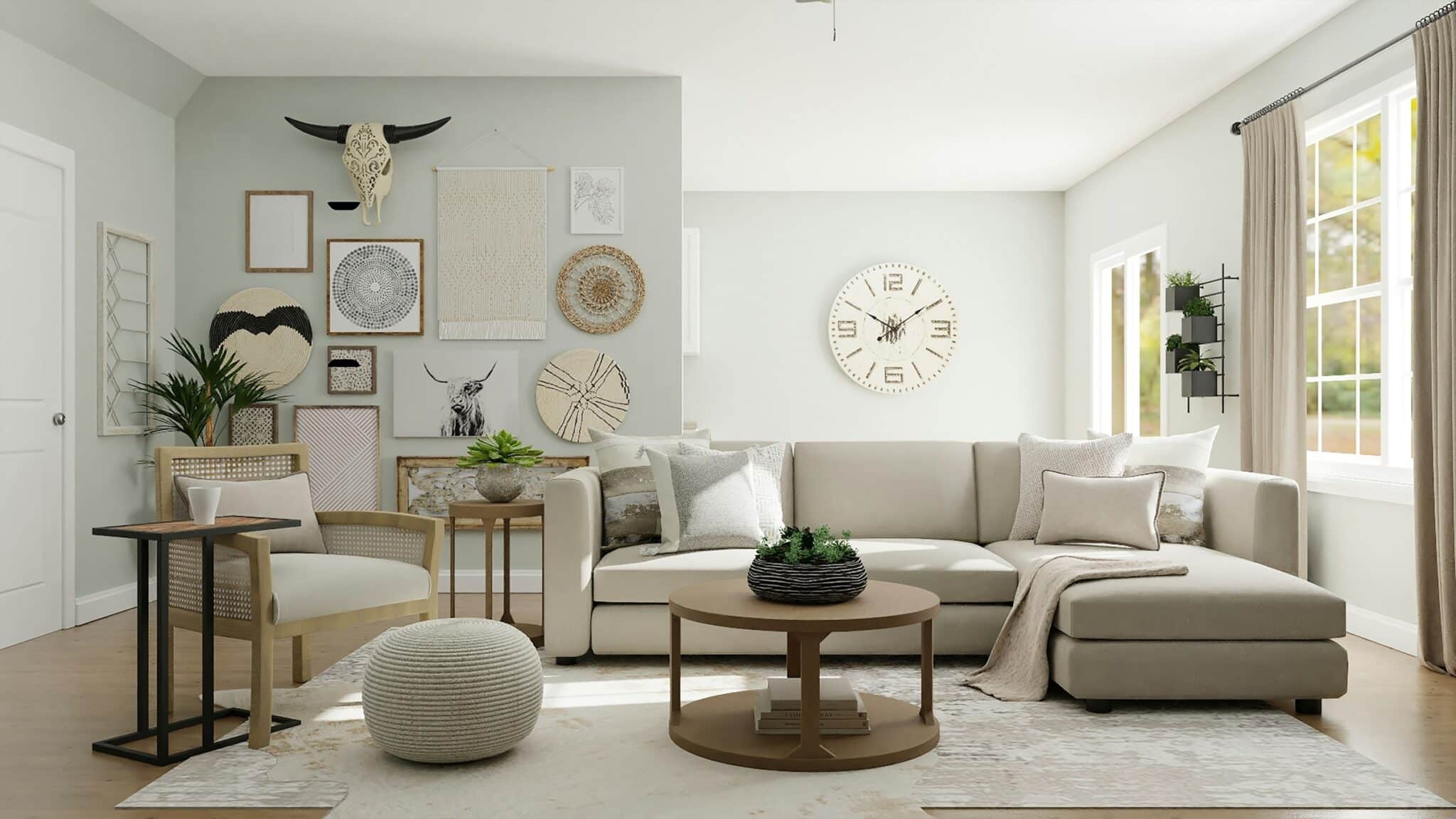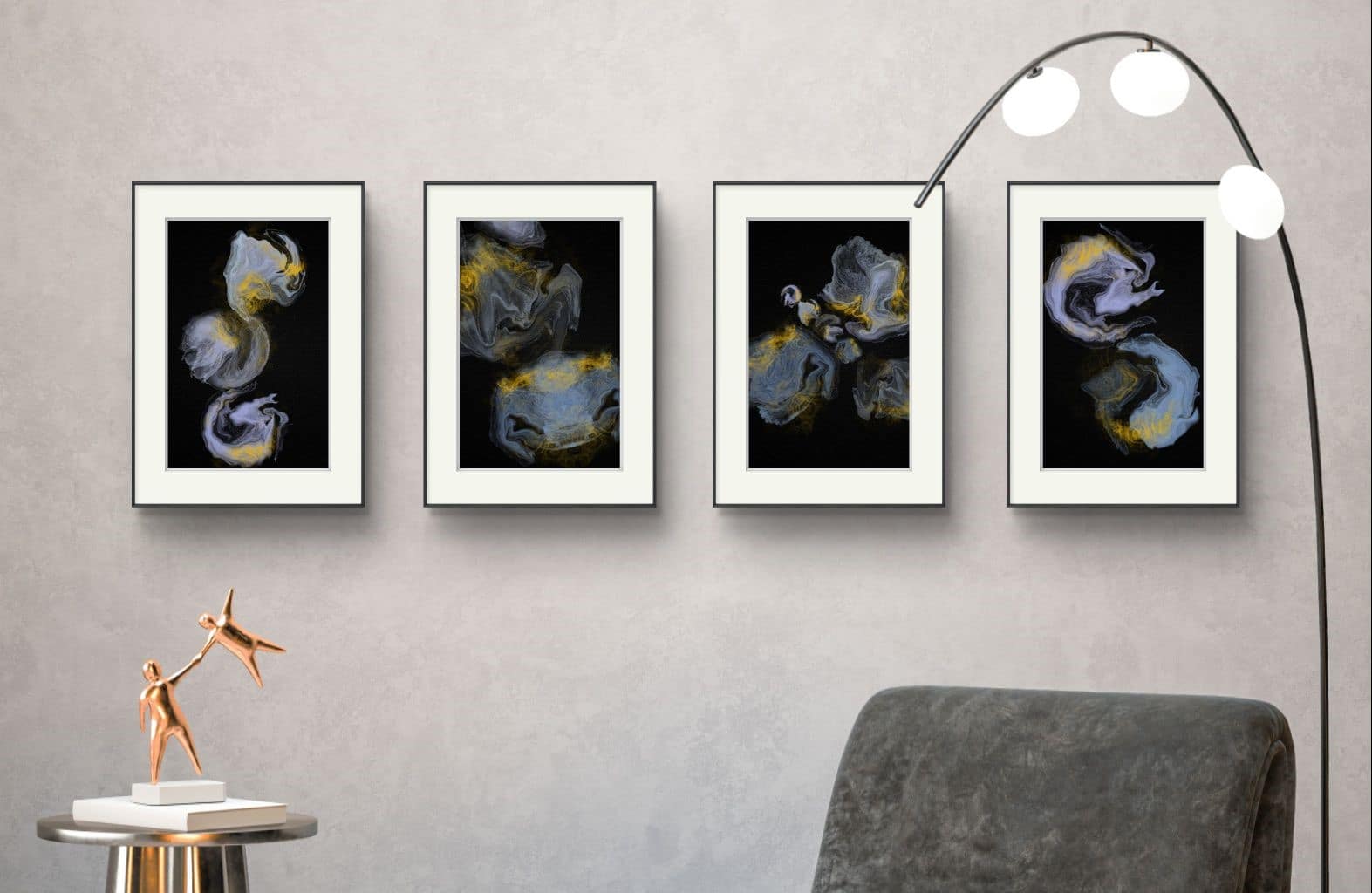Our homes are more than just brick and mortar; they’re sanctuaries, reflections of ourselves, and spaces that nurture our wellbeing. But sometimes, despite our best efforts, a home can feel…off. It might be visually unappealing, or perhaps the layout just doesn’t work for your lifestyle. This is where the magic of interior design steps in.
Interior design goes far beyond aesthetics. It’s about creating a space that not only looks beautiful but also functions seamlessly for your unique needs. It’s the art of weaving together functionality, personality, and comfort to craft a haven that truly feels like you.
Understanding Your Needs: The Foundation of Functionality
A successful interior design project starts with a deep understanding of your lifestyle and needs. This goes beyond just the number of bedrooms and bathrooms. It’s about understanding how you use your space.
Do you work from home and need a dedicated workspace? Are you an avid entertainer who craves an open floor plan for social gatherings? Do you have young children who require a designated play area?
An experienced interior designer will ask you questions about your routines, hobbies, and the overall “feel” you desire for your space. This information becomes the foundation for a design plan that optimizes functionality for your specific lifestyle.
Making Every Square Foot Count: Space Planning Strategies
Once your needs are understood, the focus shifts to space planning. This is the process of arranging furniture, fixtures, and other elements in a way that maximizes functionality and promotes efficient flow throughout the space.
Here are some strategies interior designers use to create functional layouts:
- Traffic Flow: Creating a smooth flow of traffic within the space is crucial. Entryways shouldn’t feel cluttered, hallways shouldn’t be bottlenecks, and furniture shouldn’t impede movement.
- Zoning: Dividing a large space into distinct zones (work area, relaxation area, dining area) can enhance functionality and create a sense of purpose for each section.
- Scale and Proportion: Choosing furniture and elements that are appropriately sized for the space is essential. Overly large pieces can make a room feel cramped, while undersized furniture can leave the space looking empty and disjointed.
Beyond Functionality: Creating a Personal Sanctuary
While functionality is crucial, a truly successful design goes beyond just layout and efficiency. A good interior designer understands the importance of injecting your personality into the space.
This can be achieved through:
- Color Psychology: Colors have a powerful impact on mood and ambience. An interior designer can help you choose colors that reflect your personality and create the desired feeling in each space.
- Furnishings and Decor: The furniture and decor you choose are a reflection of your taste and personality. Skilled designers will guide you in selecting pieces that complement your style while remaining functionally appropriate.
- Lighting Design: Strategic lighting can completely transform a space. Interior designers can help you create a layered lighting plan that meets both functional and aesthetic needs.
The Result: A Home that Works and Feels Like You
The culmination of a successful interior design project is a space that feels like an extension of yourself. It’s a place where functionality seamlessly blends with aesthetics, creating a comfortable and stylish environment that perfectly supports your lifestyle.
Investing in interior design isn’t just about creating a beautiful home; it’s about creating a space that fosters well-being, reduces stress, and sparks joy. It’s an investment in your happiness and a space where you can truly thrive.



